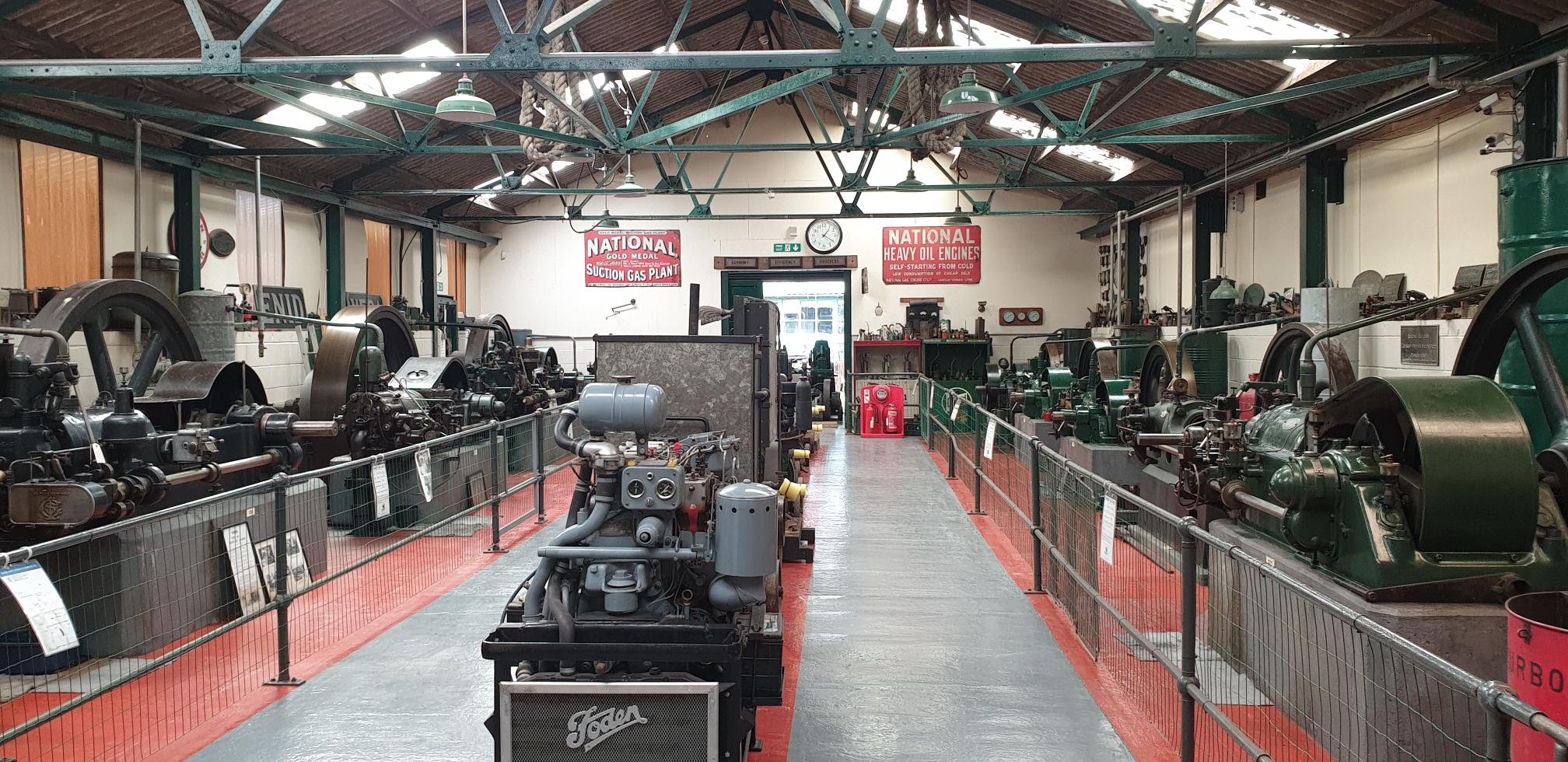
Early Vulcan products
Over the years Vulcan exports continued to grow and in the late 1830’s the Company supplied one of the first locomotives to run in Russia, this was a 2-2-2 type for the St Petersburg-Pavslok line. The Company was not content with exporting to Russia; and two 0-4-0 goods locomotives, Sampson and Hercules, were supplied to Kaiser Ferdinand Nordbahn of Austria; one locomotive L’Elephant, was exported to Belgium and four locomotives, Rocket, Minerva, Vulcan and Aegan were sent to Germany for the Berlin and Potsdam Railway.
Despite the growth in exports the Vulcan Works did not forget its home market, and in 1836 the Company supplied the London and Greenwich Railway with its first locomotive which was named Royal William.
In 1837, the year that Queen Victoria succeeded to the throne and started a reign that was to last for sixty three years, Vulcan Works supplied locomotives named Vulcan, Aelas and Bachus to the Great Western Railway, all of these being of the seven foot (2.1m) gauge.
During this golden era, Great Britain expanded her commercial and industrial interests, and throughout the world British engineers were in great demand. This was the period when the master engineer succeeded the master craftsman and the tempo of industry was increased by the extensive application of steam engines and steam locomotives.
By 1840 the factory had expanded to cover a space of 7,260 square yards (6125m2) and over 130 locomotives had been built and dispatched to five continents including America.
The Vulcan Foundry has always been ready to develop new products and in 1846 the earliest side tank engines for any railway were built here and delivered to Ireland for the Waterford and Kilkenny Railway; these were of 5’-3" (1.6m) gauge and a 4-2-2 wheel arrangement.
In 1847 the Company expanded and took over the Bank Quay Foundry, of Warrington, which had been operating since 1837. After the takeover the factory was adapted for gun, shot and shell making, for the manufacturer of heavy castings and for shipbuilding. In 1853 the company built the first iron seagoing vessel, Tayleur which was a tea clipper. Regrettably, the ship was wrecked in heavy storms in the Irish Sea on her maiden voyage to Australia and of the 652 people on board, 380 lost their lives.
Despite the tragic wrecking of the vessel the foundry continued to build more tea clippers. In addition to its shipbuilding work the foundry also fabricated much of the ironwork that was used in the construction of the Conway Bridge and the Britannia Tubular Bridge over the Menai Straights, between Anglesea and North Wales. The Bank Quay Foundry was not to prove a successful investment, however, and closed in about 1860.
Meanwhile, at the Vulcan Works, the production of locomotives continued at an impressive rate. In 1851 eight 2-4-0 passenger locomotives were exported to India for use on the Great Indian Peninsular Railway. In 1853 these locomotives opened the first public railway to operate in India, which ran from Bombay to Thana. Throughout the following years India was to become one of the most important customers of the Vulcan Foundry, between 1852 and 1952 a total of 2750 locomotives were exported to India ~ this was an average of one a fortnight over 100 years!
The factory built two powerful saddle-tank engines for the Rhymney Railway in 1861, and as proof of the reliability of Vulcan products, these engines were known to still have been in service forty-eight and fifty years later, respectively. Four seven foot (2.1m) diameter, single driving-wheel express passenger engines were supplied to the South Eastern Railway in 1862 and these ran from London Bridge to Dover Town Station in 1 hour 55 minutes over a distance of 87.5 miles (140km).
In 1871 the Vulcan Works supplied Japan with its first locomotive; this was a saddle-tank type and worked the Imperial Japan Railway line between Tokio and Yokohama. It was in service for fifty-nine years and is now preserved in the Museum of Transport in Tokio.
Robert Fairlie’s patent double locomotive was a significant development in steam locomotion. The first engines of this type to be built at the Vulcan Works were completed in 1872 for the Dunedin and Port Chalmers Railway, in New Zealand, were soon followed by two for the Peruvian Railways.Fairlie
The locomotives were designed primarily for operation on mountain sections and several Vulcan built locomotives were supplied for operation on the Denver and Rio Grande Railway in America. Other versions were supplied to Mexico, Portugal and Burma. The Fairlie design comprised two back-to-back engine units that were fed from a double firebox in the centre. The barrels ran fore and aft and two four wheeled bogies, each with its two cylinders, were arranged at the outer ends of the frame.
Among the many improvements introduced by Vulcan was a modified type that featured two separate boilers placed back-to-back with a footplate between them. They were carried on a deep girder frame on which the bogie pivots were arranged eight inches (0.2m) behind the bogie centre and not at the centre as in the original specification.
Vulcan produced its one-thousandth locomotive in 1884; this was a 2-6-0 tender engine of 3’-6" (1.1m) gauge produced for the New Zealand Government.
Over the next few years development and production continued at Vulcan Works and in 1890 the first ten-wheeled tank engines were supplied to Rhymney Railway. These were unique in being the only engines in the country that combined saddle tanks with the features of the 2-4-2 wheel arrangement, with double frames to all wheels except the trailing pair.
By the end of 1890 the work force had grown to 555 men.
Next chapter: The emergence of the oil engine




